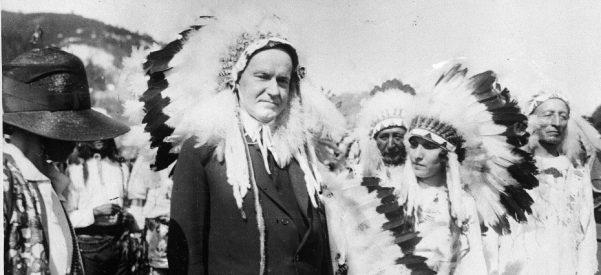The ‘Hillbilly’ Migrants Who Made Akron, Ohio the World’s Rubber Capital
The Work Was Dangerous, the Wages Low, but They Built Better Lives and Helped the U.S. Fight Two World Wars
In the earliest decades of the 20th century, more than 28 million men and women—black and white—began “The Great Migration” north from the Deep South and Appalachia. Among those who left their homes, literally hundreds of thousands migrated to “the Rubber Capital of the World”—Akron, Ohio. With blacks barred from factory work due to the tenor of the times in Akron, Southern white males would build the tires and produce the war materials as America entered World War I.
Although …











